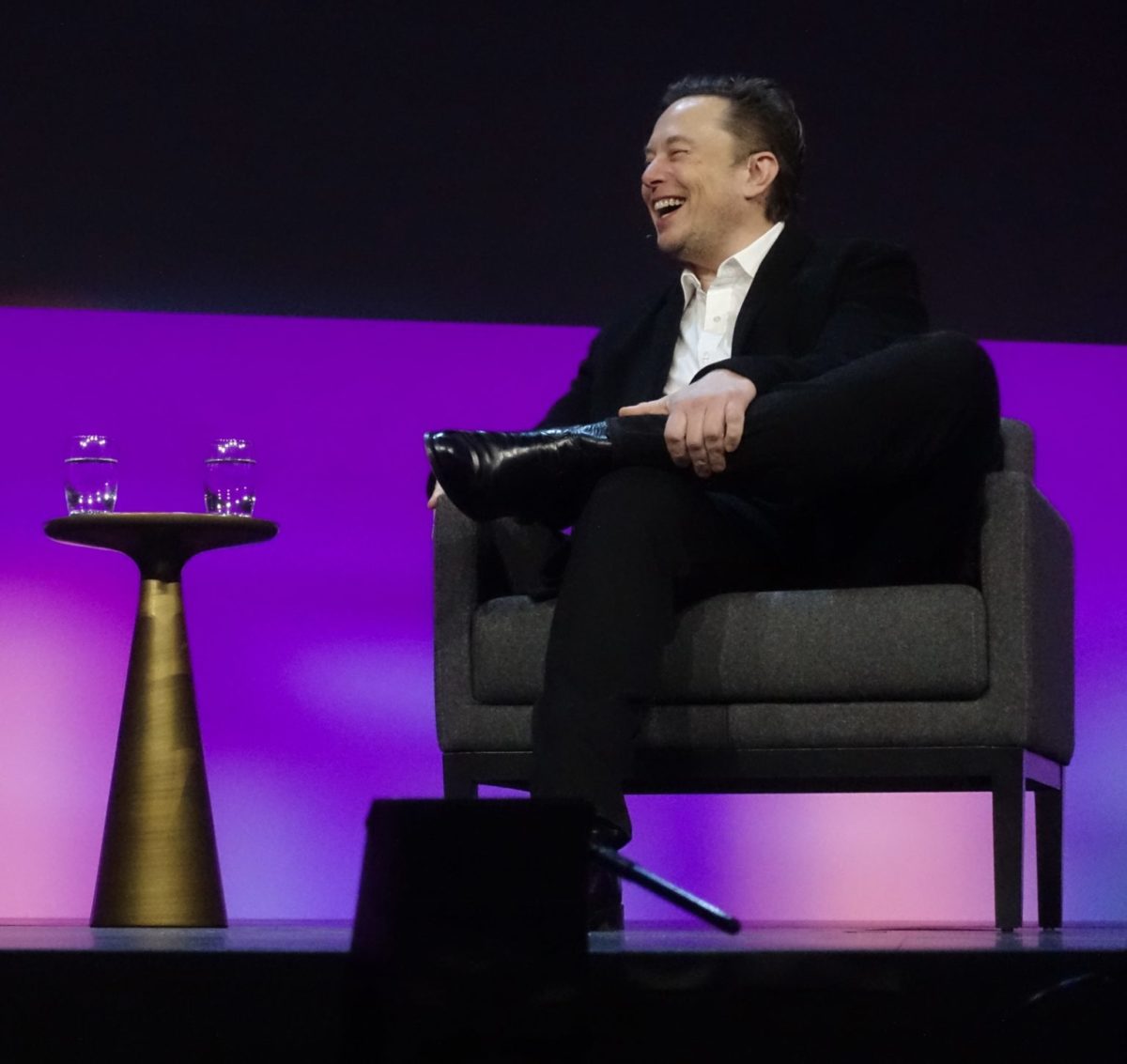From pv magazine USA
Tesla founder Elon Musk will avoid paying more than $2 billion in a shareholder lawsuit related to the acquisition of former top residential installer SolarCity.
“The Tesla board meaningfully vetted the acquisition, and Elon did not stand in its way,” said Delaware court Vice Chancellor Joseph Slights.
The suit alleged that Tesla’s purchase of major installer SolarCity was an attempt to bail out Musk’s cousin’s struggling company, of which Musk was the largest investor and chairman. The shareholders’ suit also accused Tesla’s board of having a lax approach to corporate governance.
Much of this lawsuit revolved around why SolarCity was purchased to begin with. Peter and Lyndon Rive founded SolarCity in 2006 with encouragement from their cousin, Musk. By the time Tesla purchased the company, Musk owned 22.2% and was chair of the board. Although it had grown to become the largest US installer in 2016, earning record revenues of $730 million, losses were mounting, with $820 million in net losses that year. The company had accumulated more than $1.5 billion in debt by the year of the purchase.
SolarCity’s business model relied on marketing, spending heavily on advertising and door-to-door sales, all while offering low-priced, long-term leases. Post-purchase, the strategy changed, as Tesla began to slash marketing costs, moving sales to direct-from-website and in-store sales. Musk noted in a 2019 deposition on the lawsuit that the door-to-door methods and other sales channel strategies did not match Tesla’s brand.
Musk said in the deposition that problems with the Tesla Model 3 caused the company to reassign much of its SolarCity workforce to bolster its vehicle production operations. He could not confirm exactly what portion of the workforce was reassigned. In his testimony, Musk argued that SolarCity could not have raised capital if it had not been acquired by Tesla. There is no doubt that Tesla’s shareholder value has increased impressively since the acquisition.
Popular content
The development of Tesla’s solar roof program has taken things in a different direction than SolarCity’s model. SolarCity installed panels and equipment from top manufacturers and focused on getting customers signed to long-term leases. Tesla’s solar program now focuses on direct sales and uses proprietary solar tiles in their “solar roof” installations.
“Tesla continued to rely on other solar companies to manufacture, produce, install and sell parts of its solar products. In other words, the synergistic integration that Tesla hoped for is still a work in progress. Despite these challenges, Tesla’s value has massively increased following the Acquisition,” said Slights.
Tesla’s power division is now mostly focused on the home energy storage system, PowerWall. The product accounted for the largest portion of the power division’s $1.99 billion in revenue last year. Meanwhile, solar installations have fallen behind, with 205 MW installed in 2020, a fraction of the 803 MW SolarCity deployed in 2016. Recently, Tesla fell out of the top three ranking for residential solar installers, being squeezed out by Freedom Forever, a company that posted an impressive 80% installation volume growth in 2021.
Also included in the purchase of SolarCity was a US panel manufacturing plant in Buffalo, New York. Tesla aimed for a 1 GW a year of solar production, but its partner, Panasonic, has since walked away from the project. It is now unclear what volume of panels or roof tiles Tesla currently produces at the facility.
Musk’s victory means he avoided paying more than $2 billion in the shareholder suit – something that may be of relief as he attempts to buy social media platform Twitter for an estimated $44 billion.
This content is protected by copyright and may not be reused. If you want to cooperate with us and would like to reuse some of our content, please contact: editors@pv-magazine.com.



5 comments
By submitting this form you agree to pv magazine using your data for the purposes of publishing your comment.
Your personal data will only be disclosed or otherwise transmitted to third parties for the purposes of spam filtering or if this is necessary for technical maintenance of the website. Any other transfer to third parties will not take place unless this is justified on the basis of applicable data protection regulations or if pv magazine is legally obliged to do so.
You may revoke this consent at any time with effect for the future, in which case your personal data will be deleted immediately. Otherwise, your data will be deleted if pv magazine has processed your request or the purpose of data storage is fulfilled.
Further information on data privacy can be found in our Data Protection Policy.